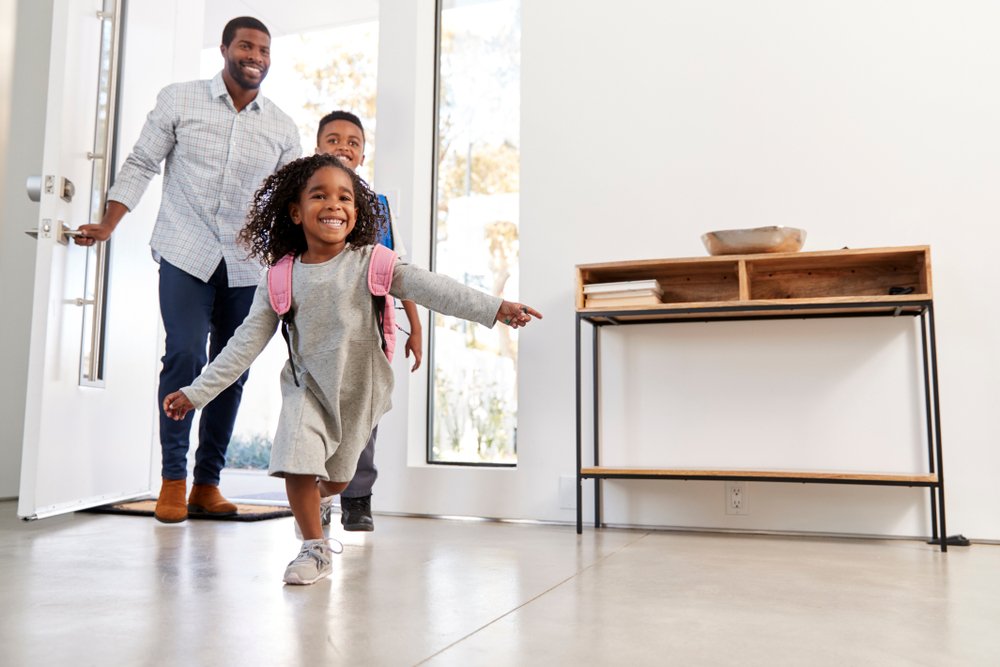Key points:
- Children’s muscles have a unique fiber that makes them less prone to fatigue during running.
- Encouraging short, high-intensity exercises like running can improve muscle strength, balance, and coordination in children.
- Regular physical activity in children predicts better health and reduces disease risks as they grow.
- Physical activity, like running, can positively impact academic achievement in children.
Have you ever wondered how come your little one runs around all day long without getting tired? Since they reached this new milestone, they just don’t stop. They have smaller muscles than you, give more steps per second and they are clumsy, which also consumes more energy. Despite this, it seems they never run out of energy, while you tag along feeling exhausted.
Turns out we do have the answer. Repeated experiments have shown that your little one’s muscles tend to fatigue less than adult’s muscles. This is due to a special fiber in them, that helps them get most of their energy from aerobic pathways, instead of getting it from their muscles, as we do. They don’t need to rely as much on their muscles, and they can recover very quickly.
What does this mean?
According to some of these conclusions, running at a young age, when muscles are at the stage of aerobic use, can have great benefits on your little one. How? You can help them benefit from short, high-intensity exercise that focuses on movement skills and muscular strength, such as running. It will improve their muscle strength, as well as their balance and coordination, taking advantage of their endurance at this stage.
When they do this type of exercise, they will recover quickly, and the impact will be greater than the one an adult would experiment. Besides, by fostering this type of activity you are encouraging them to make it a habit. Going out, running around, being physically active can predict better health and reduce the risks of diseases.
As they grow, their ability to get aerobic energy will decrease, so it becomes important for them to have strong muscles to back them up, as well as the habit of performing physical activity. This will help them develop their muscles and, as they grow, keep both of these energy sources, which will foster good health, better coordination, and a happy child.
Another study also compared physical activity and school grades. This Swedish study suggests that doubling the amount of time spent doing physical education at school has a positive impact on children’s academic achievement. It might be due to the emotional state exercise evokes or to the fact that they are healthier.
Either way, now is a great time to take advantage of your little one’s developmental quirks and have them move! Stay by their side and get involved in their activities. Playing catch, going to the park, or simply going out for a walk can go a long way in predicting their future skills. Don’t miss out on this opportunity!








